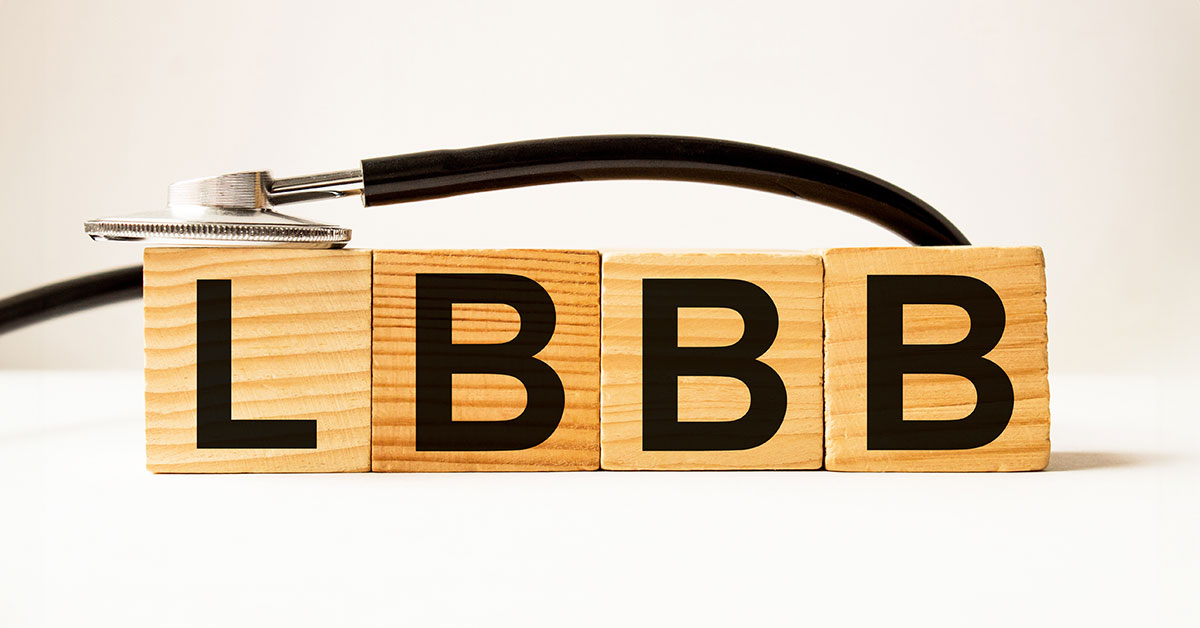Left Bundle Branch Block: Causes, Symptoms, and Treatment

Left bundle branch block (LBBB) is an electrical issue in the heart. An electrical signal that begins in the right atrium triggers contractions in each heart chamber. From the right atrium, the signal travels down two bundle branches to the ventricles. In LBBB, a delay or blockage occurs on the left bundle branch that causes a delay in the left ventricle’s beat.
Electrical impulses still reach the left ventricle by branching into the right bundle but at a slower rate than normal. The signal’s slight delay results in an uncoordinated contraction and a lower ejection fraction. Often, the delay causes little to no problems for the patient. For those with heart failure, the reduced ejection fraction worsens the disease.
Causes
Many heart conditions can increase the likelihood of LBBB, including:
- Heart attack
- High blood pressure
- Heart inflammation
- Cardiomyopathy
- Coronary artery disease
- Congenital heart disease
Sometimes, left bundle branch block occurs without any other heart conditions. Risk for this condition in the absence of other heart disease increases with age, but the cause is unknown.
Symptoms
Left bundle branch block on its own often does not cause any symptoms, and many patients are unaware of the condition. In patients with heart failure, LBBB can make shortness of breath and fatigue worse. Some patients experience fainting or the feeling of nearly fainting, though these symptoms are rare.
Left bundle branch block is diagnosed with an echocardiogram. Because symptoms are rarely seen, LBBB is often diagnosed after a routine ECG or when a patient undergoes testing due to symptoms from another heart condition.
Treatment
Left bundle branch block may not need treatment, especially if it does not cause symptoms or reduce the patient’s heart function. Patients can live problem free for many years with LBBB.
Circumstances that require treatment include low ejection fraction in patients with heart failure and instances in which both the left and right bundle branches are blocked. When both branches are blocked, it disrupts the electrical signal in the heart and can lead to a slow heart rate.
If the condition is affecting heart function, a pacemaker can correct the irregular beat and improve heart function. Those with heart failure may receive cardiac resynchronization therapy, or CRT, which is a specific type of pacemaker that causes the ventricles to contract simultaneously. This improves ejection fraction and decreases fatigue and shortness of breath.
